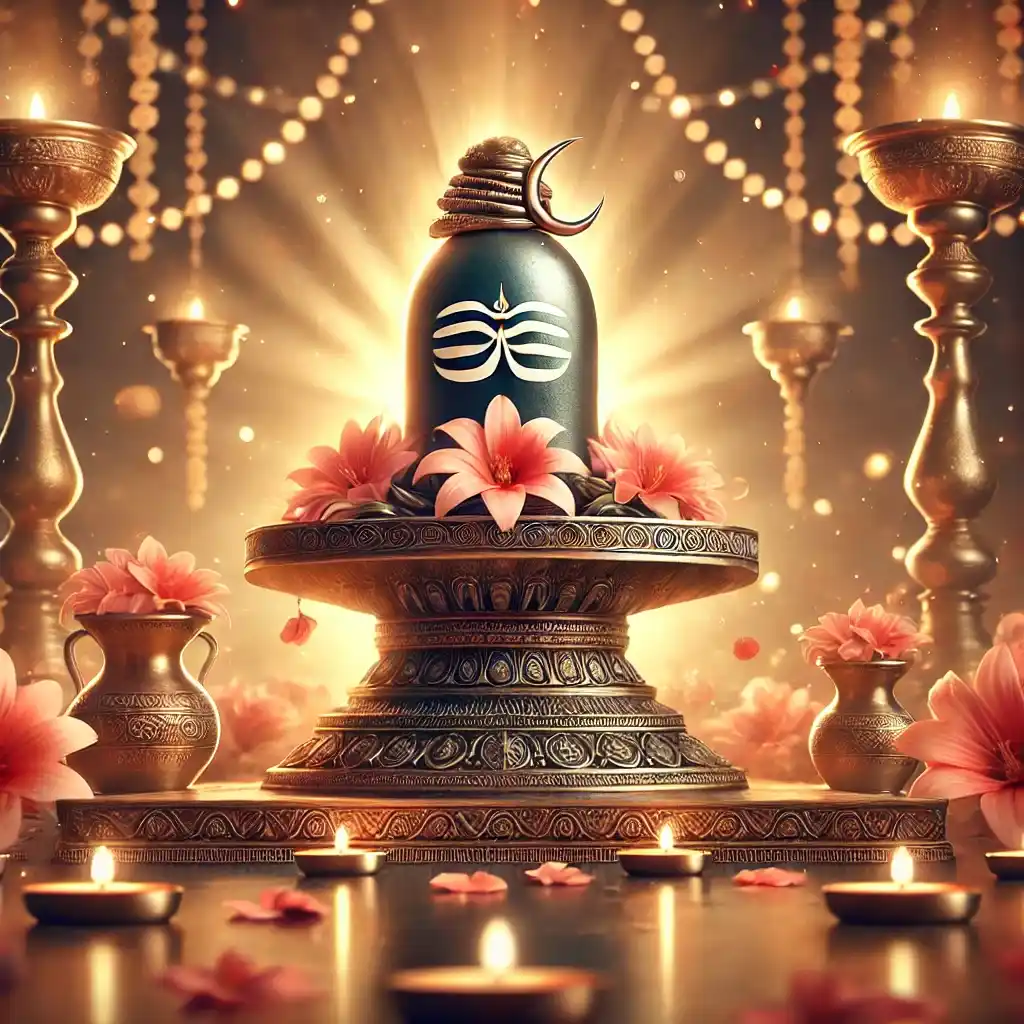
The Puranas
Linga Purana
The Significance of the Linga Purana in Hinduism: A Deep Dive
The Linga Purana is one of the eighteen Mahapuranas, a genre of ancient Indian texts that hold significant religious importance within Hinduism. Revered by Shaivites, the followers of Lord Shiva, the Linga Purana provides profound insights into the worship of the Shiva Linga and the theological framework surrounding it. With its rich blend of mythology, cosmology, and spiritual teachings, the Linga Purana stands as a crucial text in understanding the diverse facets of Hindu spirituality.
Understanding the Linga Purana
The Linga Purana is believed to have been composed between the 5th and 10th centuries CE, though its roots likely stretch back even further into antiquity. The text is divided into two parts, with a total of 163 chapters. The first part, known as the Purva-bhaga, contains 108 chapters, while the Uttara-bhaga or the latter part comprises 55 chapters. These sections cover a wide range of topics, from the creation of the universe to detailed rituals and worship practices dedicated to the Shiva Linga.
The Central Theme: Worship of the Shiva Linga
At the heart of the Linga Purana is the veneration of the Shiva Linga, a symbolic representation of Lord Shiva. The Linga, which means "sign" or "symbol," is a phallic symbol that signifies the creative power of the universe. The text emphasizes that the Linga is not merely an idol but a cosmic pillar that represents the formless, omnipresent nature of Shiva.
The Linga Purana elaborates on the significance of the Linga in various contexts, portraying it as a powerful medium for devotees to connect with the divine. The text also details the process of consecrating a Linga, the rituals involved in its worship, and the merits of performing these rituals with devotion and sincerity.
Cosmology and Creation Myths
Like many other Puranic texts, the Linga Purana offers an extensive account of cosmology and the creation of the universe. It describes the cyclic process of creation, preservation, and dissolution, a concept fundamental to Hindu cosmology. According to the Linga Purana, Lord Shiva, in his form as the Linga, is both the creator and the destroyer of the universe. The text narrates how the universe emerges from the cosmic Linga and eventually dissolves back into it.
One of the prominent myths in the Linga Purana is the story of the infinite Linga, where Lord Brahma and Lord Vishnu, in their quest to find the beginning and end of the Linga, realize its boundless nature and surrender to its supreme power. This story highlights the concept of Shiva as the supreme being, beyond the grasp of even the most powerful deities.
Rituals and Practices
The Linga Purana provides detailed instructions on various rituals and practices associated with Shiva worship. It outlines the procedures for installing a Linga, the significance of different types of Lingas (such as those made of stone, clay, or metal), and the appropriate offerings to be made during worship.
One of the key practices mentioned in the Linga Purana is the observance of the Mahashivaratri festival, a night dedicated to the worship of Lord Shiva. The text emphasizes the importance of fasting, chanting mantras, and performing abhisheka (ritual bathing of the Linga) during this auspicious occasion. Devotees believe that these practices can cleanse one's sins and lead to spiritual liberation.
Moral and Ethical Teachings
Beyond its theological and ritualistic content, the Linga Purana also imparts moral and ethical teachings. The text encourages devotees to lead a life of righteousness (dharma), self-discipline, and devotion to God. It stresses the importance of non-violence, truthfulness, and compassion toward all living beings.
The Linga Purana also discusses the concept of karma and the cycle of birth and rebirth. It teaches that one's actions in this life determine their future existences and that devotion to Lord Shiva can help transcend the cycle of samsara (the cycle of birth and death) and achieve moksha (liberation).
Influence and Legacy
The Linga Purana has had a profound influence on Shaivism and the broader Hindu tradition. Its teachings have shaped the rituals, festivals, and temple practices associated with Shiva worship. The text has also inspired various commentaries and interpretations by scholars and saints over the centuries.
Temples dedicated to Lord Shiva often reflect the teachings of the Linga Purana, with the Linga serving as the primary object of worship. The text's influence can be seen in the architecture, iconography, and liturgical practices of these temples, particularly in South India, where Shaivism has a strong presence.
Conclusion
The Linga Purana is not just a religious text; it is a spiritual guide that offers deep insights into the worship of Lord Shiva and the broader philosophy of Hinduism. Its teachings on the nature of the divine, the importance of rituals, and the path to liberation continue to resonate with devotees today. As a source of both theological knowledge and practical guidance, the Linga Purana remains a vital part of the Hindu spiritual landscape.
By delving into the Linga Purana, one gains a deeper understanding of the timeless traditions of Shiva worship and the enduring legacy of this ancient text.

Explore the latest and most popular products available on Amazon, handpicked for your convenience! Whether you're shopping for tech gadgets, home essentials, fashion items, or something special, simply click the button below to view the product on Amazon. We’ve partnered with Amazon through their affiliate program, which means that if you make a purchase through this link, we may earn a small commission at no extra cost to you. This helps support our site and allows us to continue providing valuable content. Thank you for your support, and happy shopping!